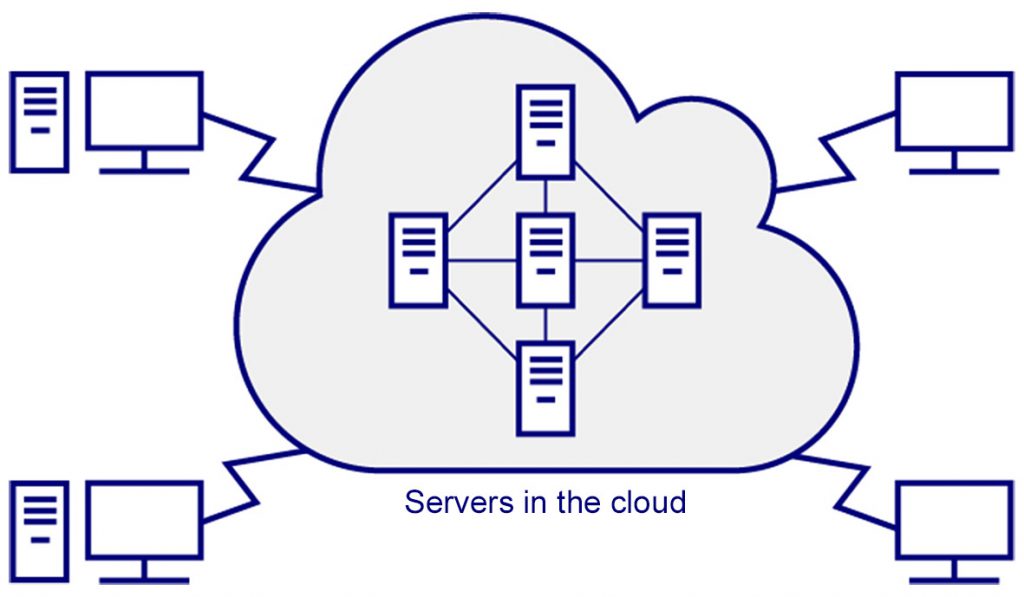2.1. Introduction
Storing data in the cloud makes it possible to access them any time, from anywhere.

The name cloud as a metaphor of the digital world was adopted widespread since 2010. It implies the idea of our digital data floating around us as if they were in a cloud, easy to capture and accessible from anywhere.
“Around 2010, Internet users were introduced to the idea that the digital world around them could be understood in terms of the ‘cloud’. As a metaphor, the cloud seems easy to grasp: our data are somewhere in the ether, floating, drifting and wireless, available wherever and whenever we need them”.
In practice, the concept mentioned above refers to a huge worldwide network of interconnected remote servers, which are designed to store data, execute applications or provide services and content, such as web mail, video streaming or computer software.
Drawing from this metaphor, we may define cloud storage as a service by which data may be transferred, either using the Internet or another network, from the user’s device to an external storage system kept by a third party.
As shown in figure 4, users get connected to the cloud through their own computers or handheld devices, using the Internet. To these users, the cloud looks like any other storage device or application. Nevertheless, the hardware in the cloud (and the operating systems whereby connections are managed) is invisible to them.

Source: adapted from “Cloud computing: Web-Based Applications That Change the Way You Work and Collaborate On-line”. Que Publishing (2009).
Even though virtual storage of data may seem a relatively recent technology, it was devised more than half a century ago by Joseph Carl Robnett Licklider (1915-1990), one of the scientists who were responsible for ARPANET (a network of computers that was a precursor to the Internet, which was commissioned by the U.S. Department of Defense to be used as a channel of communication between different academic institutions).